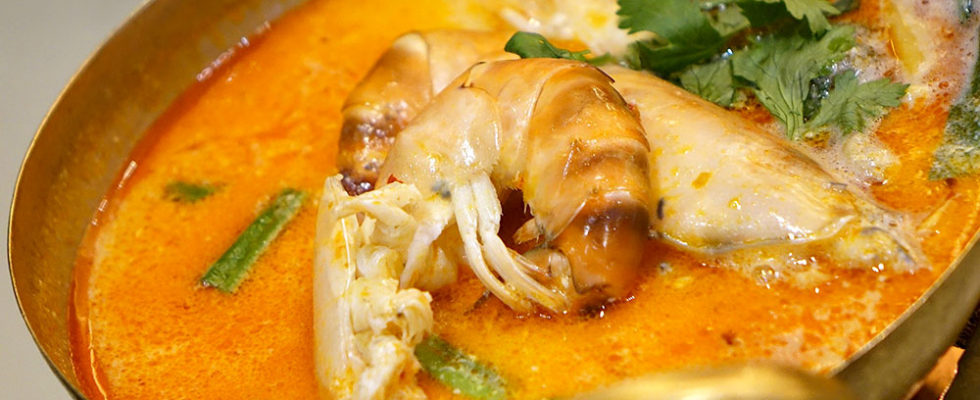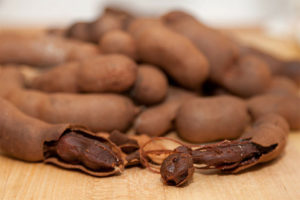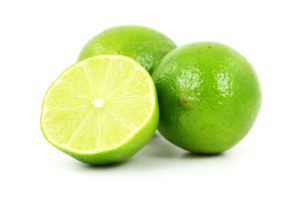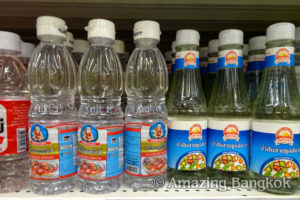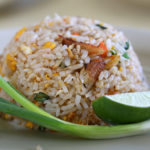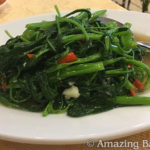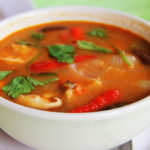Sour taste such as lime and tamarind is indispensable for Thai-representative dishes, Tom Yam Kung (hot shrimp soup) and Pattay (Thai style yakisoba).
Not only is it spicy, sourness stands out,The acidulant and its features used in Thai cuisineI will introduce you.
table of contents
Typical acidulant for Thai cuisine 3 type
When eating Thai cuisine, I think that you will notice that sweet and sour and citrus scent drifts in the spicy seasoning as well.
Sour flavor is largely divided,3 types of tamarind, manor and brewed vinegarThere are different, each different dishes, you can enjoy a different flavor.
Add acidity and sweetness to Thai food
Tamarind
Tamarind is a leguminous plant with sweetness like dried persimmons and sour like plum.
In Thai language, called "McCam", I often massage fully ripened fruit in the water and use squeezed juice as acidulant.
Not only acidity but also sweetness is a great seasoning, it is also used for cooking and confectionery, it is a seasoning indispensable for the seasoning of "Pattay".
Tamarindo is sold in pastries like something that has become seasoning in the shop, but in high-end Thai restaurants, it takes time and effort to make squeezed juice from tamarind, often used for cooking, if it is a high-end shop You can see the commitment.
The most commonly used acidulant in Thai cuisine
Manor
It is the most used acid food in Thai cuisine, which is only citrus fruits such as Japanese sardine and Kabosu, squeezing fruits.
It is similar in size and taste to lime, has no sweetness, is not too acidic, when you want a refreshing sour taste.
Manor o 's squeezed juice is called "Nam Manao", it is used for aciding yam (spicy salad) and soup, and it is an essential acidity agent in Thailand's representative soup "Tom Yum Kung".
In addition, those cut into half of Manao's fruits are served with fried rice and patties, squeezing like a lemon and enjoying a refreshing flavor.
Finish Chinese taste in your own taste
Brewed vinegar
Brewed vinegar called "Namsom Sai Chu" in Thai language is made of alcohol and water, so it is colorless and transparent as smooth.
When eating noodles, it is vinegar which is often used for Chinese Thai cuisine.
When you eat noodles, noodles such as sauce fried noodles, put a Nampula (fish sauce) and Nam Som Saityi (brewed vinegar), chili, and finish it to your taste you like.
The brewed vinegar that originally contains red pepper is called "prick / namsom saitichu", and in the noodle dish shop there is something attached to the table.
Hidden taste of Thai cuisine
Citrus scented herbs
Sour taste is not that strong, but the thing that is commonly used for Thai cuisine is the plant "Lemongrass" of Gramineae.
It is called "takrai" in Thai language, has a figure like blue rice, slices the stem and leaves and adds to the dish, a strong scent like lemon drifts.
Some are raw or dried, and are used for "Tom Yam Kun" and "Tom Carrigai".
Lemongrass itself is hard and can not be eaten but it is an indispensable herb for scenting Thai cuisine.
The taste of Thai food depends on acidulant
How was it?
When aciding, you will have an exquisite balance with hot, sweet, salty and sour, and the taste of Thai cuisine stands out a lot.
It can be said that the acidulant plays an important role in Thai cuisine which is fragrant and tasty.
It is fun to think about what kind of seasonings are used when eating Thai cuisine that is delicious and smells good.

